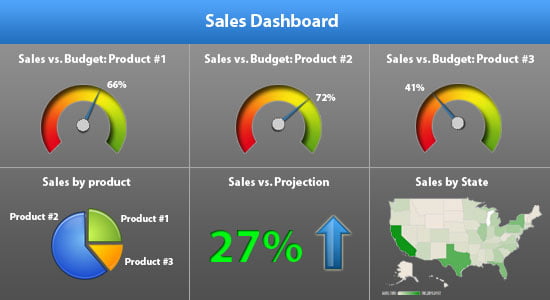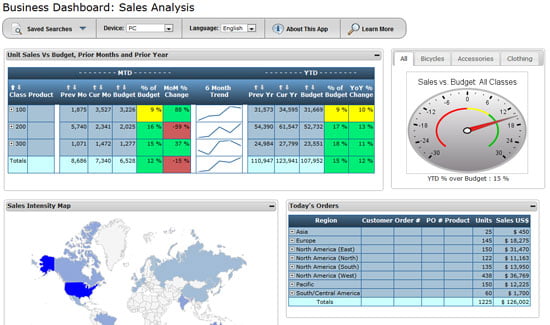What do your web apps look like on a smartphone?
 With smartphone adoption rates setting records, it’s time that you asked yourself one question: What do our web apps or web sites look like on a smartphone? After all, the probability that your users will access your apps/site on a mobile device is growing daily.
With smartphone adoption rates setting records, it’s time that you asked yourself one question: What do our web apps or web sites look like on a smartphone? After all, the probability that your users will access your apps/site on a mobile device is growing daily.
Now, the best way to address the growing mobile trend: Create intelligent web apps that automatically adapt to each device. But, while that may be the best option, what if your company doesn’t want (or isn’t ready) to create mobile apps yet? Can you just ignore mobile users? Of course not. At the very least, you must ensure that your web apps aren’t completely unusable on a smartphone.
Why is that important? Because some common web design elements don’t translate over to mobile, and will negatively impact usability for smartphone users. What are they? While I’m sure there are more, here are 4 common web design elements that will cause problems for smartphone users: …
 Here’s an inspirational story for any IT department facing impossible project deadlines. It’s about an IT department that had a huge web development project with an immovable deadline…but faced one big problem.
Here’s an inspirational story for any IT department facing impossible project deadlines. It’s about an IT department that had a huge web development project with an immovable deadline…but faced one big problem. Fill in the blank: “Our company needs to _____________, but our IT staff is too small.” Based on feedback I received from a tech conference we recently attended, this is one of the biggest problems facing IT departments these days. IT professionals know how to help their companies, they just lack the time and resources to do anything about it.
Fill in the blank: “Our company needs to _____________, but our IT staff is too small.” Based on feedback I received from a tech conference we recently attended, this is one of the biggest problems facing IT departments these days. IT professionals know how to help their companies, they just lack the time and resources to do anything about it.
